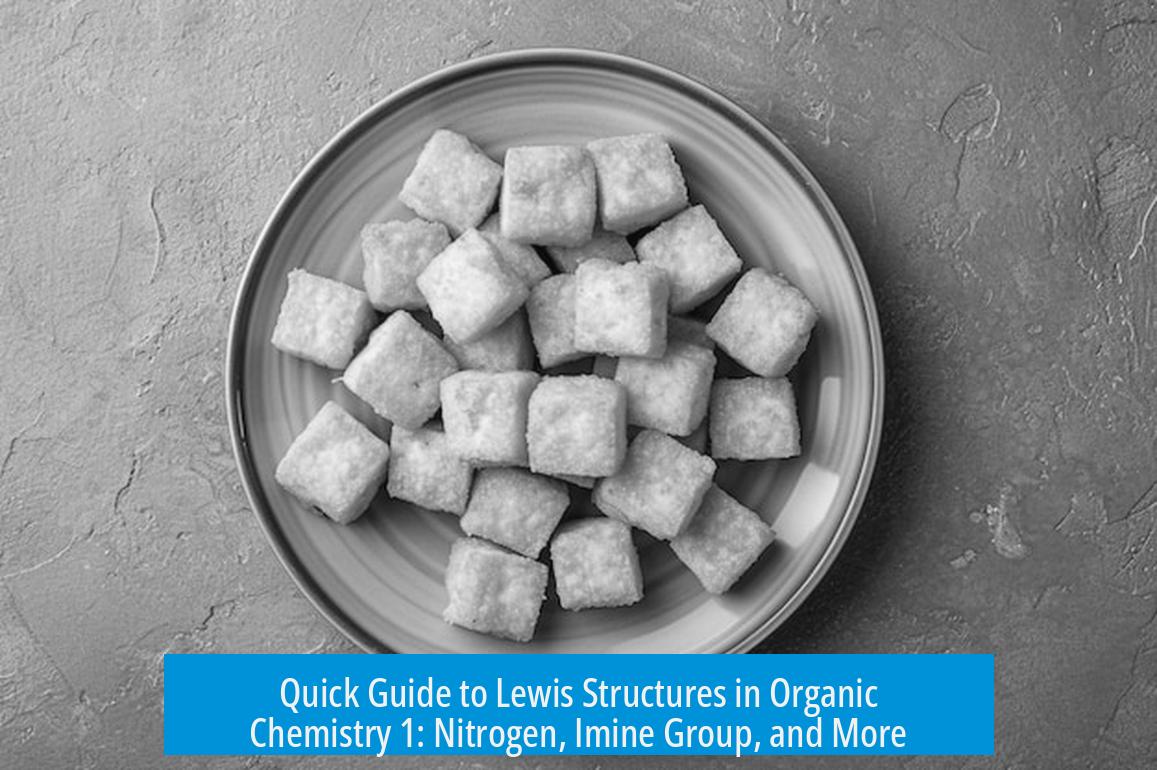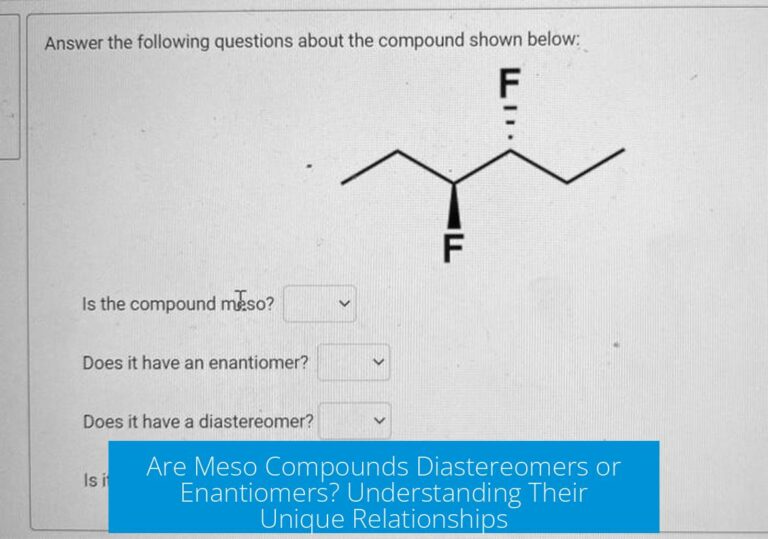Quick Lewis Structure Help for Organic Chemistry 1

Lewis structures help visualize the arrangement of electrons in molecules, crucial for understanding organic compounds. In Organic Chemistry 1, several key concepts clarify how to draw and interpret these structures accurately.
1. Nitrogen’s Valence Electrons and Bonding Preferences
Nitrogen typically has five valence electrons. It follows the octet rule, aiming to have eight electrons around it in Lewis structures. Often, nitrogen forms three bonds and carries one lone pair to complete its octet.
If nitrogen has only six electrons—such as two lone pairs and one bonding pair—it does not satisfy the octet. This incomplete octet can make the molecule unstable, resulting in formal charges that reduce molecular stability.
- Nitrogen prefers to form three bonds, fulfilling its octet.
- Structures where nitrogen carries a negative charge or incomplete octet tend to be unstable.
- Correct Lewis structures show nitrogen forming three bonds and one lone pair to achieve eight electrons.
2. Understanding the Imine Functional Group
The imine group contains nitrogen bonded to a carbon via a double bond. In Lewis form, nitrogen shares six electrons through the double bond and retains a lone pair (two electrons), completing a total of eight valence electrons.
This arrangement matches nitrogen’s octet preference and contributes to the molecule’s stability. Recognizing this bonding pattern is key when identifying or drawing imines in Organic Chemistry.
3. Molecular Formula and Structure Notation
In linear molecular formulas, parentheses indicate connections between atoms. For example, in particles like (NH), the hydrogen is bonded directly to nitrogen.
Reading a formula like CH3CH(N)CH3, the nitrogen atom in the center bears a hydrogen attached to it, influencing the molecule’s geometry and electron count.
4. Index of Hydrogen Deficiency (Double Bond Equivalents)
The index of hydrogen deficiency (IHD), or double bond equivalents (DBE), calculates the number of unsaturations—double bonds or rings—in a molecule.
The formula is:
| Formula |
|---|
| (2Q + 2 – M + T) / 2 |
- Q = number of quaternary atoms (4 bonds, e.g., carbon)
- M = number of monovalent atoms (1 bond, e.g., hydrogen, halogens)
- T = number of trivalent atoms (3 bonds, e.g., nitrogen)
- Atoms forming two bonds are excluded from the calculation.
Applying this to the molecule C3H7N:
(2 × 3 + 2 – 7 + 1) / 2 = (6 + 2 – 7 + 1) / 2 = 1
This indicates the molecule has one degree of unsaturation—either a double bond or a ring. Each structural isomer of C3H7N must include at least one double bond or ring to satisfy this deficiency.
5. Additional Support and Resources
To deepen understanding, live organic chemistry review sessions provide interactive help with Lewis structures, functional groups, and molecular formulas.
These sessions facilitate step-by-step explanations, moving beyond static notes to clarify challenging concepts. For example, [Leah4Sci’s live reviews](http://leah4sci.com/organicchemistry) offer real-time guidance on organic chemistry essentials.
Key Takeaways
- Nitrogen tends to form three bonds and has one lone pair to complete an octet in Lewis structures.
- The imine group features nitrogen double-bonded to carbon with a lone electron pair.
- Parentheses in molecular formulas indicate direct bonding, e.g., hydrogen bonded to nitrogen in (NH).
- Index of hydrogen deficiency reveals how many double bonds or rings must be in a molecule; C3H7N has an IHD of 1.
- Live review sessions can offer additional clarification and practice with these concepts.
How many bonds does nitrogen usually form in Lewis structures to complete its octet?
Nitrogen usually forms three bonds and holds one lone pair of electrons. This setup completes its octet with eight valence electrons. Structures showing fewer than eight electrons on nitrogen are often unstable or incorrect.
What is the significance of the index of hydrogen deficiency in drawing Lewis structures?
The index of hydrogen deficiency (IHD) tells how many double bonds or rings a molecule must have. It is calculated using the formula (2Q + 2 – M + T)/2, where Q, M, and T represent atoms with four, one, and three bonds, respectively.
How can I identify the imine functional group in a Lewis structure?
An imine has nitrogen double bonded to a carbon and holds one lone pair. This totals eight electrons around the nitrogen, fulfilling its octet rule.
What does the notation (NH) mean in a molecular formula like CH3CH(N)CH3?
The parentheses indicate hydrogen is bonded directly to the nitrogen atom. It clarifies connectivity in the linear formula for drawing the correct Lewis structure.
Where can I find extra help for understanding organic chemistry Lewis structures quickly?
You can join live review sessions focused on organic chemistry concepts. These sessions provide detailed explanations and can clarify tough problems efficiently.





Leave a Comment